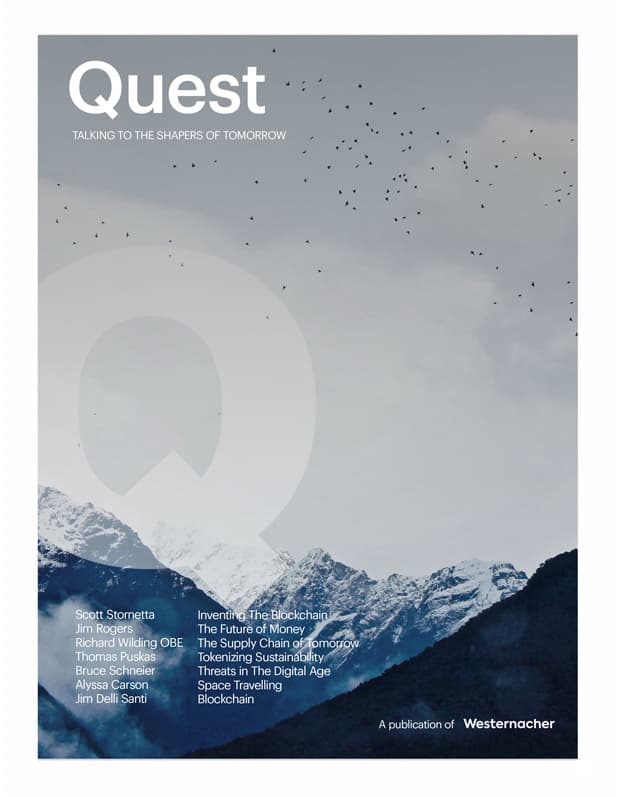Share this white paper
Follow us on Linkedin
In the first part of this 2022 white paper series, we focused on the motivation for companies to reduce their carbon footprint in order to gain a competitive advantage and the need for visibility of the different emission types. SAP S/4HANA and SAP Analytics Cloud (SAC) can provide the needed architecture to collect the required business data, host emission factors, calculate the footprint and visualize the emissions according to a well-accepted standard e.g., Greenhouse Gas Protocol.
However, it is not sufficient to look at the actual emissions in retrospect. Finance departments have known for a long time that the analytic outcome of actual data is only as good as the underlying plan.1 Companies that strive to effectively reduce their carbon emissions and to be aware of the operational and financial implications of such, need to create strategic plans and look at different scenarios for success.
Many of our customers have identified the need to create carbon analytics as legal frameworks are being established and because their customers as well as business partners are increasing their sustainability focus.2 As we outlined in our first practical guide, Microsoft Excel can be a short-term enabler to create a carbon footprint monitor. However, on a continuous mid- to long-term base, it will definitely present many challenges and additional efforts compared to a dedicated reporting and planning solution such as SAP Analytics Cloud.
With this white paper, Westernacher Consulting will show how companies can set up a carbon footprint reporting in SAP Analytics Cloud and use it to create different scenarios. We will also set carbon emission planning in the context of financial planning and the implications of carbon pricing on business cases.
What you get out of it:
- How to build your CO2 model in SAC.
- How to review your CO2 emissions.
- How to plan your CO2 emissions and reductions.
- Interaction of CO2 planning and financial planning.
- Scenario planning.

